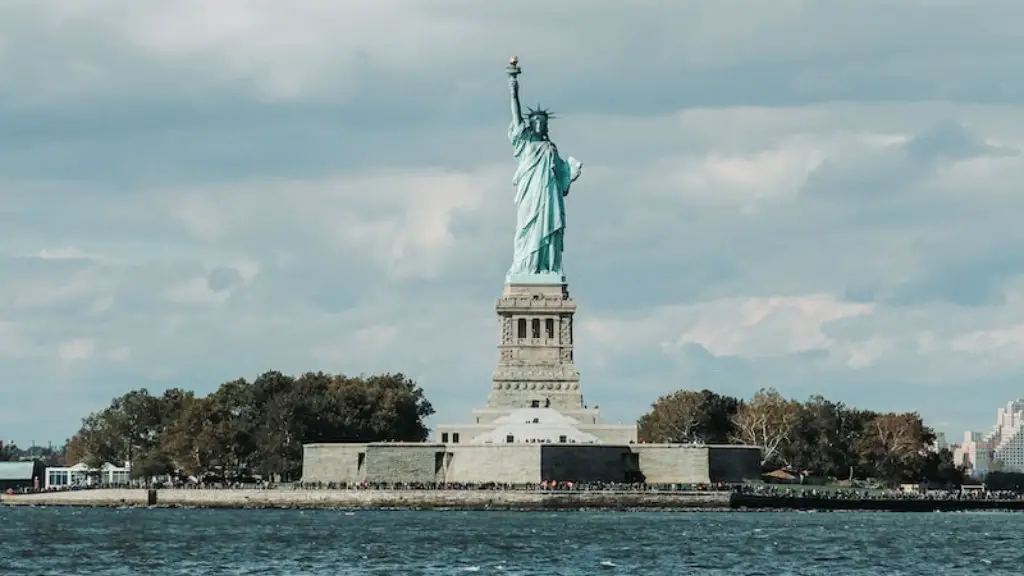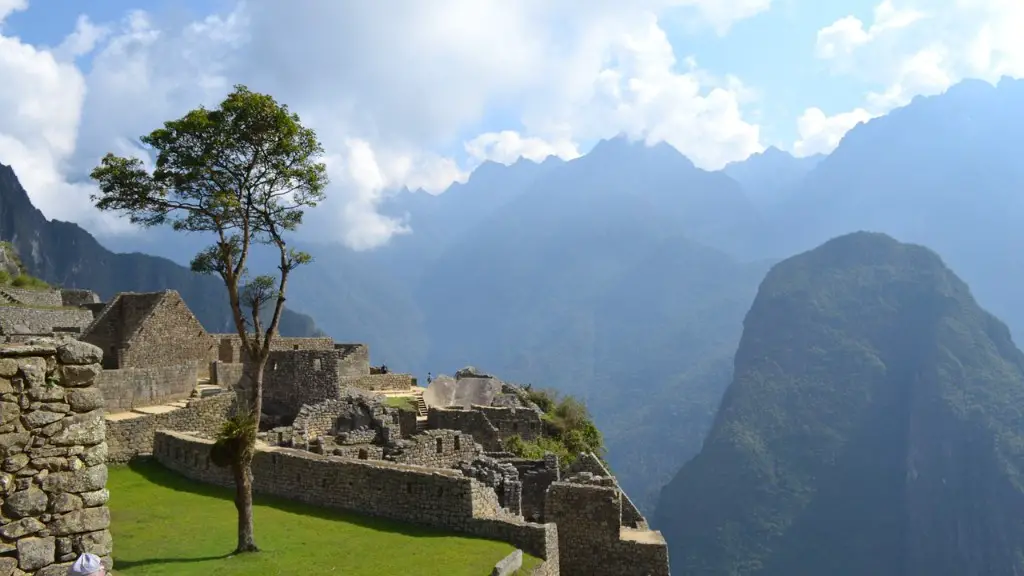The ancient city ruins of Pompeii is a site of remarkable significance which brings numerous tourists each year. Located in the southern Italian region of Campania and nestled near the coast of the tiny Bay of Naples, this historic archaeological site holds the haunting reminder of the power of nature and its amazing capability to leave behind an indelible mark. Although the entire city was lost in 79 A.D., the site that still remains today allows for a brief peak back into the past. Included in the area surrounding the site of Pompeii are beautiful landscapes and spectacular views that make for a great juxtaposition when coupled with the tragedy of what occurred here.
Pompeii was an ancient Roman city to which had stood there since at least the 6th century B.C. It was known as the bustling hub of a flourishing trading region, and during the Roman Empire was home to many of the richest Roman citizens. It was a city with many commercial and public spaces like the Forum, baths, amphitheaters, temples and villas.It was strategically located and served as an important port before its destruction.
Pompeii suffered catastrophic damage due to a massive volcanic eruption, which occurred when Mount Vesuvius erupted around 1:00 PM on the 24th August in 79 A.D. This catastrophic event is known to have killed around 2,000 people, who were either asphyxiated by volcanic ash, or were heated beyond recognition by the volcanic lava flows, which left the city of Pompeii blanketed in a blanket of ash. As a result of the Mount Vesuvius eruption, the city of Pompeii was completely destroyed and buried.
The city of Pompeii today is most visited by people who are interested in its history and those who want to experience some of the natural beauty that surrounds it. The whole area is marked by lines of red and white volcanic rock, while colorful blooms of wildflowers complete the landscape. One of the most amazing and breathtaking sights to see is the volcanic crater itself, which is still emitting wisps of smoke as it overlooks the beautiful Bay of Naples.The nearby modern town of Pompeii also provides opportunity for plenty of shopping, restaurants and activities for those looking for an entertaining interlude between exploring the ruins. On the outskirts of the modern town lies the archaeological park, where visitors can explore the ancient ruins and attempt to piece together their stories.
Many of the available attractions in the area near the ancient city of Pompeii include the Castellammare di Stabia and Portici Villas, the Solfatara Volcano, the Herculaneum Ruins, the Temple of Isis, the House of Tusk and the National Archaeology Museum of Pompeii. Tourists can also rent private boats and take a ferry to any city along the coast, soaking up some local flavor to complement their journey. All in all, the area around Pompeii is full of beautiful places and sights to explore, perfect for travelers looking to uncover the hidden history of this incredible region.
Pompeii National Archaeology Museum
The National Archaeology Museum of Pompeii is the repository of the incomparable wealth of Pompeii’s archaeological heritage. It was opened in 1748 by the Bourbon King Charles III and is still the foremost source for anyone interested in discovering the history of Pompeii. Here you can discover the frescoes, sculptures, busts, and other invaluable artifacts from the time of the Romans and the Greek culture that flourished in these lands before them. Whether you are exploring the sarcophagi and terracotta figures or examining intricate mosaics, the National Archaeology Museum of Pompeii is a place not to be missed.
The museum is home to over 7,000 artifacts, many of them coming from excavations in the broader region around Pompeii and Herculaneum. These items range from necklaces, jewelry, swords, and mirrors to objects from the everyday lives of Pompeii’s former inhabitants like petrified fruit, utensils and even shoes. The treasure of the museum lies in its ability to present science with a human face, and let the past come alive through the voice of long-gone inhabitants.
The museum also offers a wide array of educational and special events such as lectures, workshops, special guided tours and educational activities for kids. It is also home to the permanent exhibition “Pompei, Labirinto di Culture” which presents the development and changes in the archaeological site of Pompeii throughout the ages.
The Solfatara Volcano
Located near Pompeii, the Solfatara is a dormant volcano, which provides an amazing view of the crater left behind by the eruption of Mount Vesuvius. Here you can experience the heat and smell released by the volcano, as well as explore its unique terrain and surroundings. Within the Solfatara crater, you can find areas of steaming mud, hot springs and quartz and milky white rocks, created from the mineral-rich gasses that are still rising from the depths of the Earth.
The Solfatara volcano is also home to an array of endemic species, including an extremely rare species of salamander – the Lacerta solfatarae. The landscape of the terrain, with its dank gullies, craters and steaming fumaroles, is unlike anything else, and provides an eerie reminder of the fury of Mother Nature.
Visitors can explore the Solfatara crater and its surrounds on guided tours, which will take them deep into the crater, allowing them to experience the unique surroundings. During the walk, they will be able to observe the activity of the volcano in the form of red and white crystals, which line the sides of the crater, and explore the volcanic rocks, seeping gases and geothermal pools that are emerging from the area. Tours typically conclude with a visit to the its interesting thermal area, with mud pools and fumaroles with temperatures up to 200 degrees Celsius.
The House of Tusk
The House of Tusk is a grand villa, which features some of the most detailed and well-preserved frescoes in the entire archaeological park of Pompeii. It is located inside the Porta Ercolano gates of the ancient city and was owned by the wealthy Aristius Monteleone, who is believed to have lived in the villa during the 1st century AD. The house itself is constructed on a symmetrical layout and features a central atrium, two gardens, a number of rooms and a series of baths, as well as two marble statues – a female figure representing Psyche and a Roman nobleman in an attitude of triumph.
Some of the most remarkable features of the House of Tusk are the stunning frescoes, which depict various scenes from the world of the Pompeiians and an array of mythological creatures. These spectacular images offer a valuable insight into the lives of the citizens of Pompeii, as well as the rich culture that surrounded them.The House of Tusk is open to visitors year round and guided tours are conducted daily for those interested in learning about its rich history and archaeological significance.
The Temple of Isis
The Temple of Isis is a Roman temple located in the Lesser Forum of Pompeii, which was dedicated to the Egyptian goddess Isis. It is said that the temple was converted to an Egyptian temple during a visit of Emperor Tiberius. The temple is constructed on a Corinthian order podium and is divided into three levels, with a small portico at the entrance. It features a number of large frescoes and reliefs, which represent a variety of goddesses, gods and emperors. The interior is particularly interesting, with a Corinthian-style wall decoration, bas-reliefs, large altars and Latin inscriptions.
The Temple of Isis is particularly interesting for its mixture of iconography, which stands alone in its own right. The gods, goddesses and emperors featured on the freshcoes and reliefs are a testament to the syncretism of the period, which saw forms from different religions, cultures and countries all featured in worship of one god – Isis. Despite its faded grandeur, the Temple of Isis is still awe-inspiring, with its intricately decorated walls and an atmosphere of ancient mystery.
Castellammare di Stabia and Portici Villas
The villages of Castellammare di Stabia and Portici are two of the oldest villages in the region of Naples and are located near Pompeii. The villages are renowned for their wealth of archaeological remains and archaeological sites, which have been preserved over the centuries. The popular tourist attraction, the Naples Aqueduct is also located near Portici, while in Castellammare di Stabia, visitors can explore the ruins of a Roman villa, which was built during the rule of Augustus.
Both villages are also home to some of the most luxurious villas in the area and provide majestic scenes for those seeking for a little bit of relaxation and peace, away from the bustling sightseeing of Pompeii. The villas, in particular, provide a great juxtaposition between the ancient, with the grandeur of the villas and the modern technology of today, offering comforts such as Wi-Fi, swimming pools and private gardens.
Herculaneum Ruins
As well as the ruins of Pompeii, visitors can also explore the ruins of the ancient Roman city of Herculaneum, which was destroyed by the same eruption of Mount Vesuvius that destroyed Pompeii in 79 AD. The ruins of Herculaneum, which are located less than 10 kilometres from Pompeii, tell a different story than its neighbouring heritage city and are largely preserved in a much more intact state.
The interesting thing about Herculaneum is that it is less well known than Pompeii, making it a great destination for those who want to experience a less hectic archaeological experience. Moreover, the site is also known for its well-preserved mosaic pavements and frescos as well as its wealth of artifacts from the time.Most of the buildings here have not been reconstructed, which makes for a more authentic experience and it is recommended to take a tour with a qualified guide in order to fully understand the significance of the ruins.
The Ruins of Pompeii
The ruins of ancient Pompei iare an incredible site to explore. Various areas of the ruins can be visited, including thermopoliums (which were the ancient equivalent of modern-day takeaways), workshops, public baths, theaters, and villa ruins, allowing visitors to experience the city’s past. During your visit, you will have the chance to explore the Forum, where all the public buildings are located and which was once the hub of commercial and political life for the city.
Various guided tours are available to visitors, although most tours allow around two to three hours for exploring the ruins. It is recommended to allow for a much longer visit in order to get the full experience. During opening hours, visitors can see plaster casts of the victims of the Mount Vesuvius eruption, as well as explore the many artifacts and frescoes, which are still on display in the archaeological site.
Conclusion
The area near Pompeii is steeped in history and culture, offering visitors of all ages a chance to explore the ruins of one of the most famous archaeological sites in Italy. From the ruins of Pompeii and Herculaneum, to the Solfatara Volcano and the National Archaeology Museum, the area around Pompeii has plenty of attractions to offer. Further, the abundance of luxurious villas in the nearby villages provide wonderful opportunities to relax and forget about the bustling day-to-day life, amidst the tranquility of nature.

